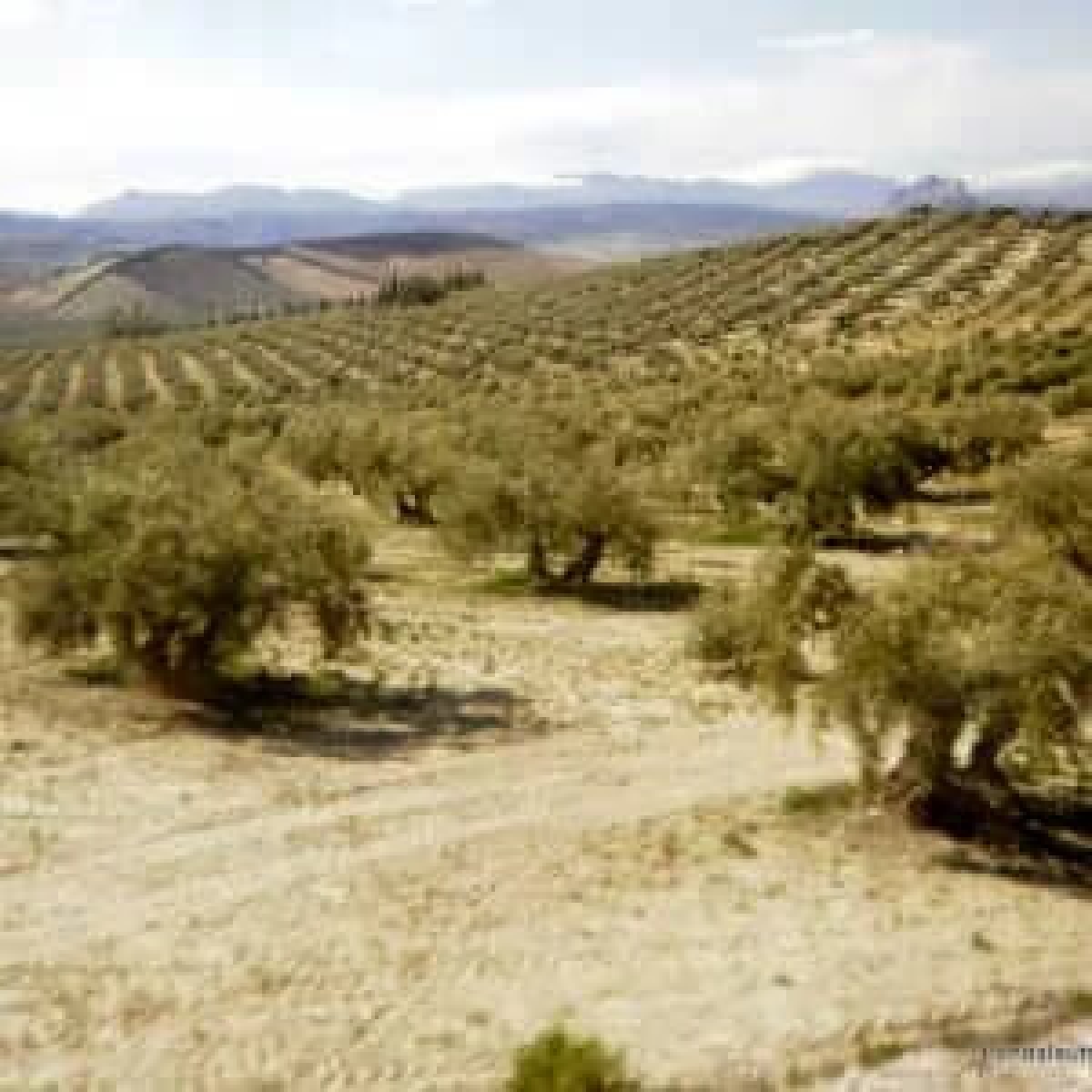Everything You Need to Know About Watering Olive Trees

Everything You Need to Know About Watering Olive Trees: Essential Care for Their Health and Growth
The olive tree is a drought-resistant plant, but that doesn’t mean we should neglect it. While it tolerates water scarcity, proper irrigation is essential for its optimal development, especially if we are growing it for olive production. In this article, we will explore the water needs of olive trees based on their use, growth stage, and location, with the aim of helping you provide the right care for your trees, whether they are in an orchard or a garden.
How Much Water Does an Olive Tree Need?
An olive tree’s water needs vary depending on factors such as its location, intended use, growth phase, and the time that has passed since planting. Below, we provide a breakdown of how to water your olive tree according to its situation:
1. Newly Planted Olive Tree
After planting, olive trees need consistent watering, unless rainfall is sufficient to keep the soil moist. During the first year, they don’t require large amounts of water, so it’s recommended to water frequently but with low intensity.
-
Watering recommendation: During hot months, it’s ideal to provide about 70 liters of water per tree per week. However, if you notice that the soil holds moisture, it’s better to wait before watering.
-
Signs of excess water: If the young leaves turn yellow, it could be a sign of overwatering. In this case, stop watering immediately and check the soil condition.
2. Olive Tree in Elevated Areas or Pots
If your olive tree is planted in an elevated area or in a pot, the situation changes. These locations tend to lose moisture quickly due to water runoff, and the sun can evaporate more water than usual.
- Watering recommendation: In these cases, you should pay closer attention to watering, especially if the soil is sandy. If the olive tree is in a pot or an elevated area, make sure to keep the soil slightly moist without waterlogging it.
3. Ornamental Olive Tree
For an ornamental olive tree in your garden, if it is well-established, no constant watering is required. Olive trees used for decoration can get the water they need from the soil, lawn irrigation, or other nearby plants.
- Exceptions: If the olive tree is newly planted or is in a pot, it will need more attention. If its root system isn’t well-developed, it’s important to keep the soil moist without letting it become waterlogged, as the roots may not be deep enough to reach all the available water.
When to Water the Olive Tree?
The right time to water your olive tree depends on its growth stage and the climate conditions. Here are some general recommendations:
- In the first year: Newly planted olive trees require more attention. During the summer heat, watering should increase to about 70 liters per week.
- In later years: Established olive trees can tolerate drought better, but it’s still important to provide them with water during the hot months, especially if there is little rainfall.
- In winter: Watering can be significantly reduced as the olive tree enters a resting period.
Additional Care for a Healthy Olive Tree
Aside from proper watering, there are other essential care practices to keep your olive tree healthy:
- Regular pruning: Pruning is important to prevent the tree from growing in a disorderly manner and to ensure it receives enough sunlight.
- Fertilization: Be sure to fertilize according to the tree’s needs to ensure its growth.
- Protection from pests and diseases: Regularly check the olive tree for signs of pests and diseases.
Conclusion
The olive tree is a resilient plant that can survive in dry conditions, but to grow strong and produce high-quality olives, it’s essential to provide proper irrigation, especially during its first year of life and in areas with shallow soil or in pots. If you have an ornamental olive tree, it probably won’t require much attention when it comes to watering unless it’s planted in an area that encourages rapid evaporation.
By following these guidelines, your olive trees will be healthy and strong, whether you grow them for olive oil production or simply as a beautiful plant in your garden.









